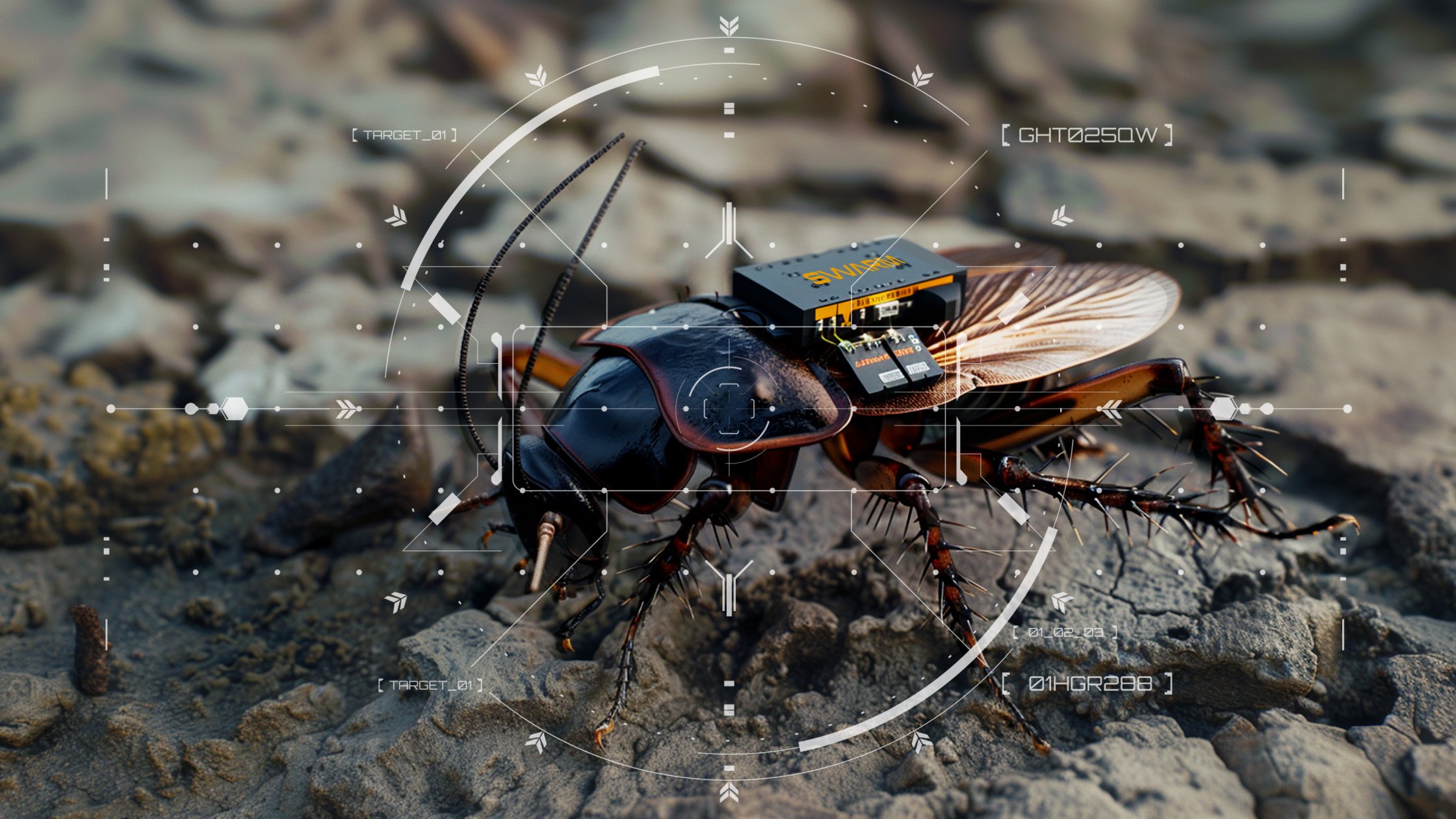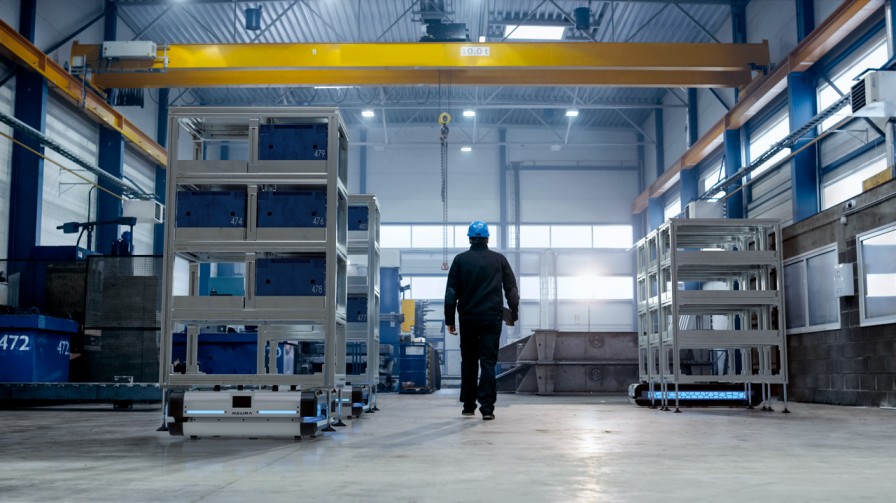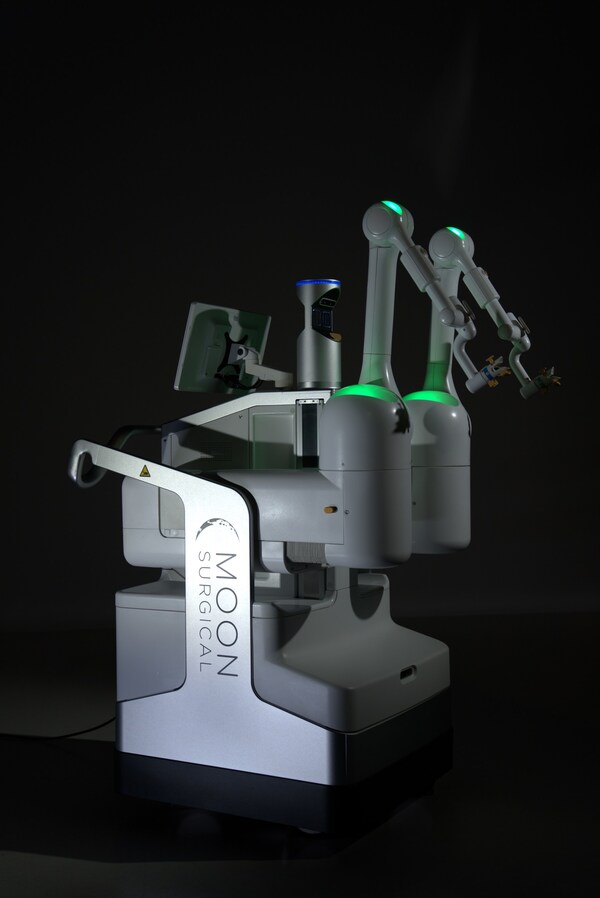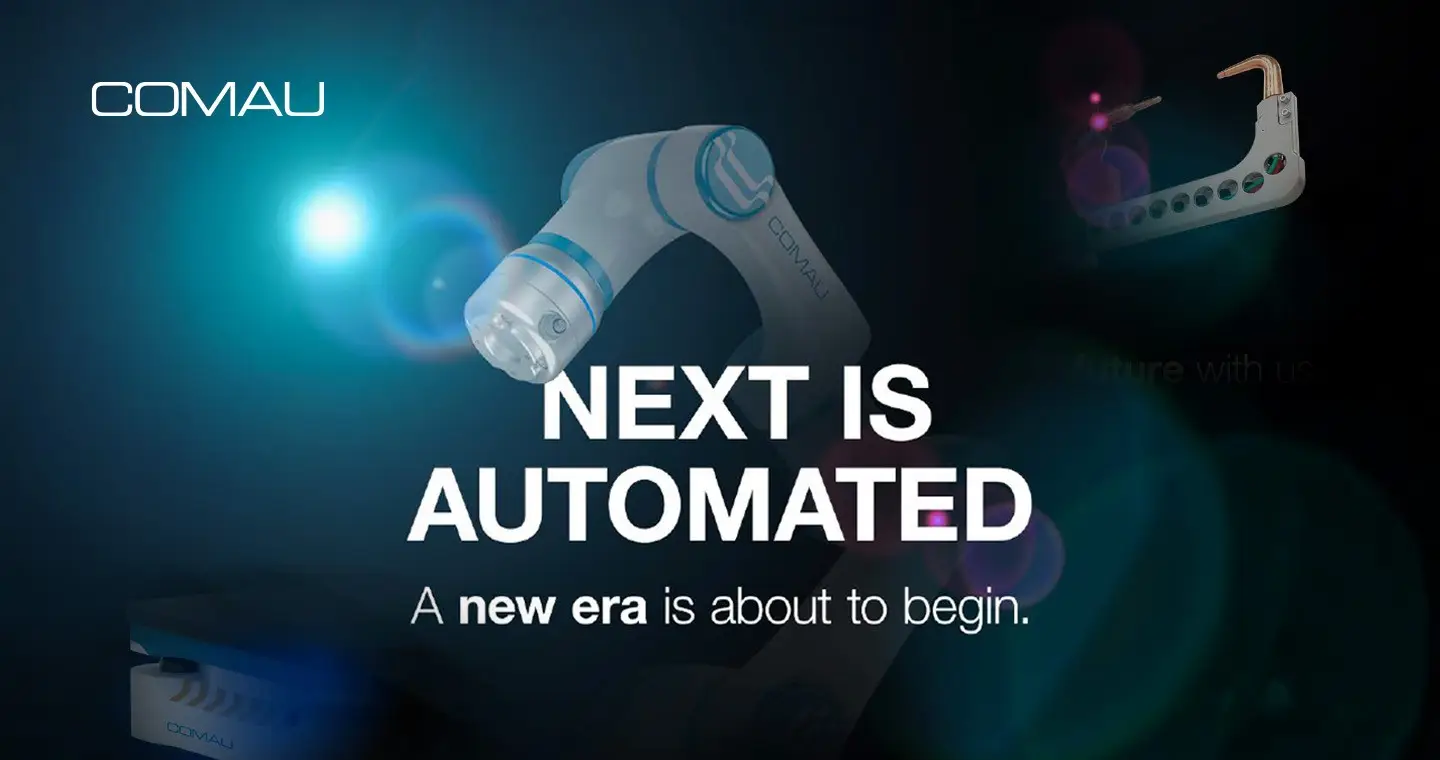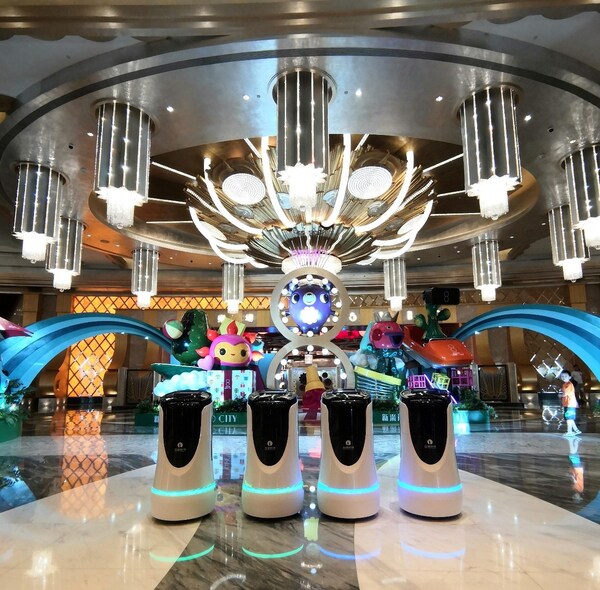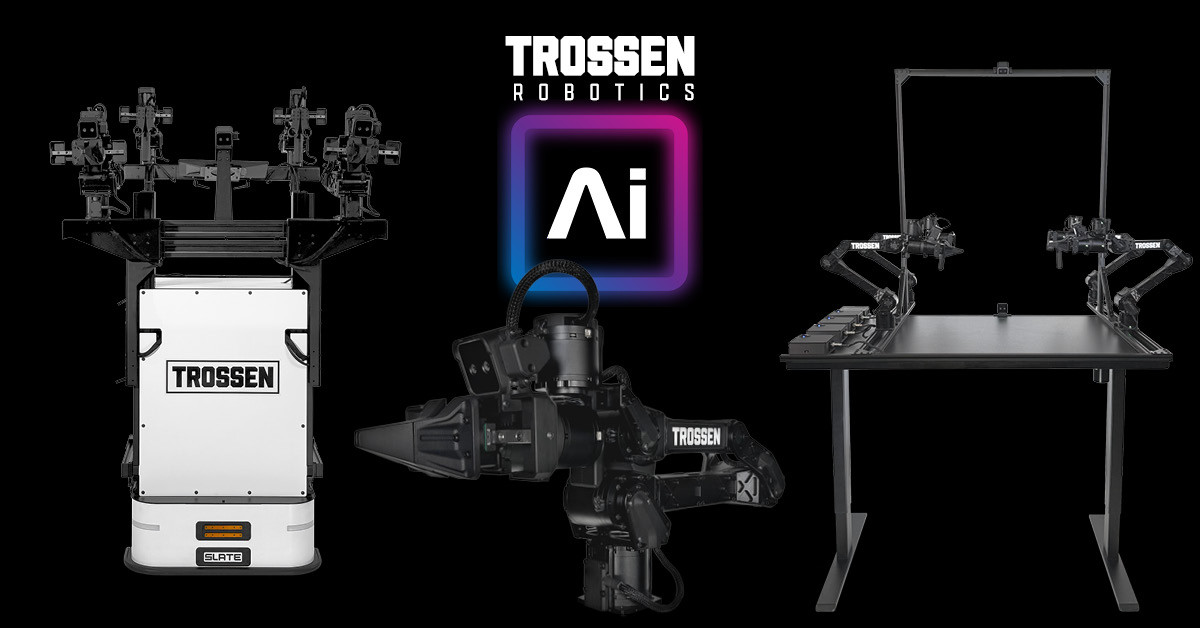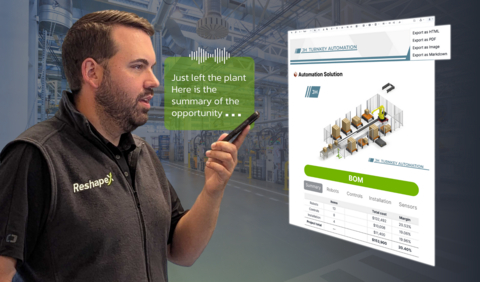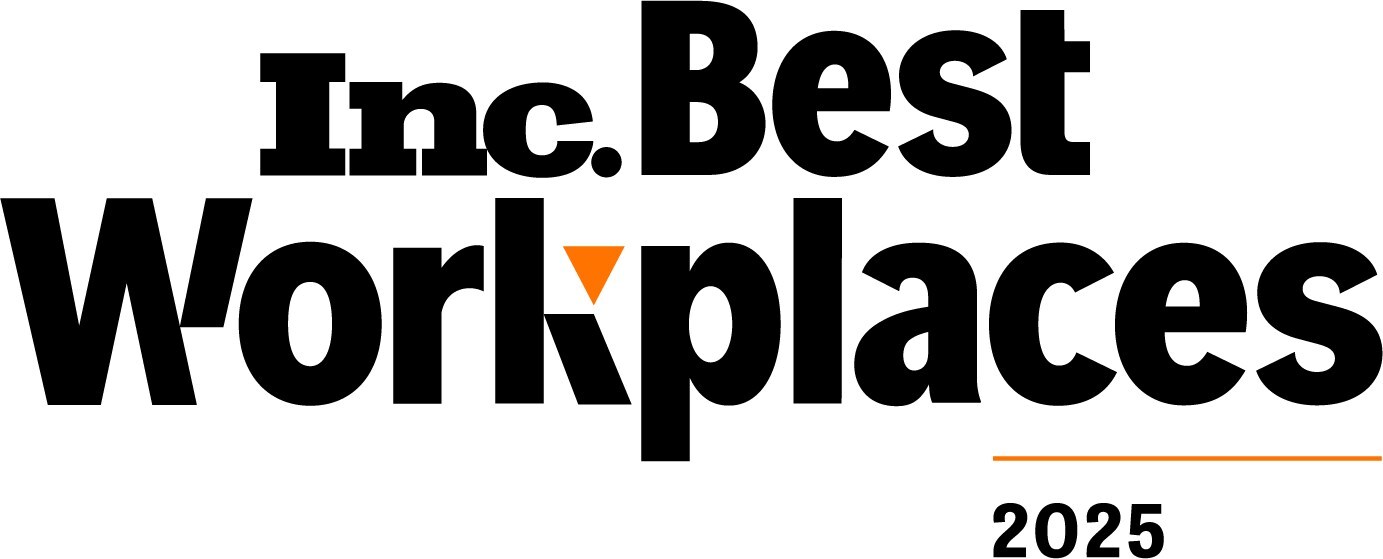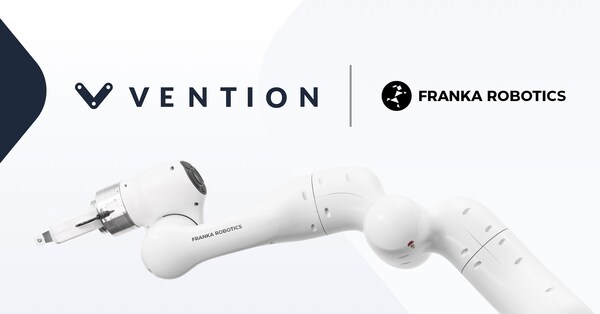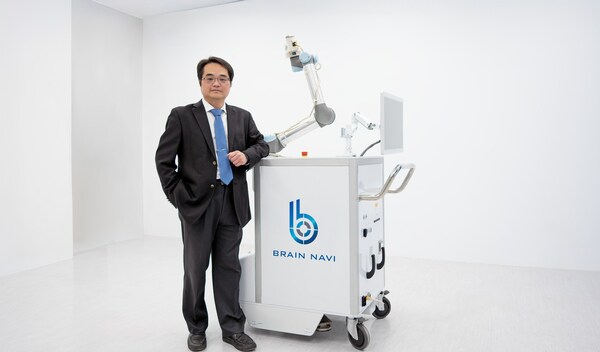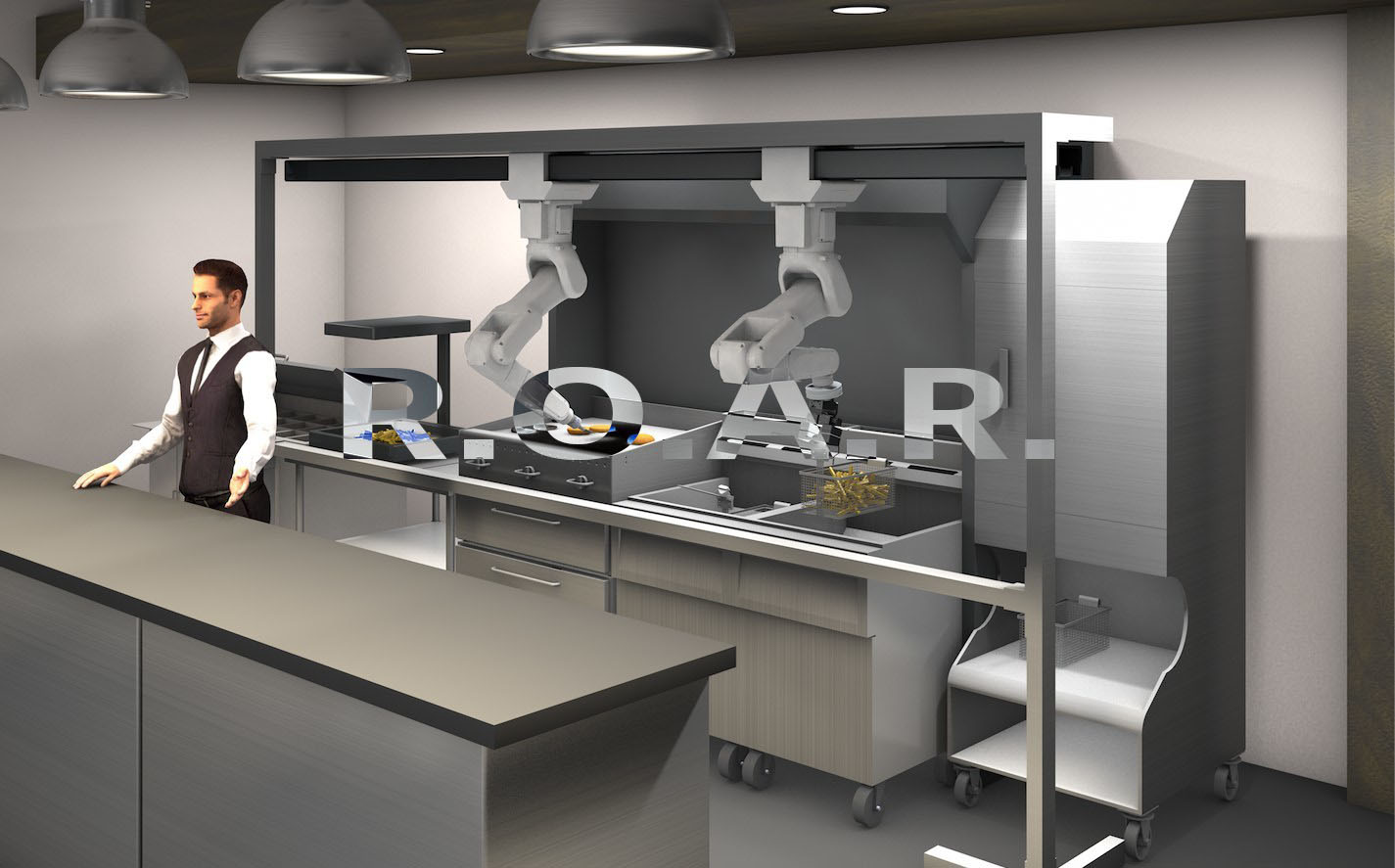ForSight Robotics’ Dr. Joseph Nathan on Raising $125M to Launch the World’s First Ophthalmic Robotic Surgery Platform
15 July 2025 | Expert Insight
In an exclusive interview with Robotics Business News, Dr. Joseph Nathan discusses how ForSight Robotics is pioneering a new era in eye surgery with its ORYOM™ platform—backed by record funding, global clinical ambitions, and strategic vision.
In an exclusive interview with Robotics Business News, Dr. Joseph Nathan—co-founder, president, and chief medical officer of ForSight Robotics—explains how the company’s record-breaking $125 million Series B funding will accelerate the clinical and commercial rollout of the ORYOM™ platform, the world’s first dedicated robotic system for ophthalmic surgery. Combining AI-driven precision, ergonomic design, and unmatched microsurgical control, ORYOM™ aims to address the global shortage of eye surgeons and make sight-restoring care accessible to millions.
What were the primary goals behind your $125 million Series B raise, and how will this funding accelerate the clinical and commercial development of the ORYOM™ platform?
Our Series B funding round, which is one of the largest Series B rounds in the surgical robotics industry, will accelerate the next growth phase of our development of the ORYOM™ Platform. We are set to begin our first-in-human clinical trials for robotic cataract surgery later this year. In addition to taking us through clinical trials, this funding will also be used for regulatory approvals and for early commercialization.
How does the ORYOM™ robotic system differentiate itself from other surgical robotics solutions, particularly in terms of precision, safety, and surgeon ergonomics?
Unlike general surgery, which has utilized robotics technology since Intuitive Surgical introduced its da Vinci platform in the early 2000s, the ophthalmic community has not yet seen robotics technology introduced to the field. Due to the extremely small and delicate nature of the eye, which is only one inch front to back, there has not been precise enough technology that can be easily adapted to ophthalmology – until recent developments.
Today, there are is no robotic technology in the ophthalmic market. As such, the ORYOM™ Platform is the first dedicated surgical robotics technology for cataract and other widespread eye diseases. Powered by microsurgical precision and AI-driven algorithms, the ORYOM™ Platform aims to shorten the long learning curve in ophthalmic surgery and provide a surgeon-centered ergonomic design – allowing ophthalmic surgeons to continue operating longer, and treat more patients throughout their careers. In addition, the technology provides enhanced 3D image guidance and augmentation, and actionable data to improve surgical technique. The ORYOM™ Platform offers micron-level precision with 14 degrees of freedom, delivering access to every point within the human eye, which allows treatment of the front (cataract) and back (retinal, glaucoma) parts of the eye. It augments surgeons’ capabilities to improve precision and provide enhanced patient outcomes.
What is the significance of your recent ISO 13485:2016 certification, and how does it position ForSight Robotics for regulatory approvals and future clinical trials?
By achieving the ISO 13485:2016 certification, an international benchmark for quality management systems in the medical device industry, ForSight has demonstrated its commitment to designing, developing and manufacturing a robotic surgical system and microscope intended for use in ophthalmic surgical procedures. This certification enhances ForSight’s ability to meet stringent regulatory requirements while reinforcing its dedication to continuous improvement. As the company scales, it remains focused on delivering the highest levels of quality, safety, and innovation in ophthalmic robotic surgery.
How do you envision the ORYOM™ platform addressing the global shortage of ophthalmic surgeons and the growing demand for cataract procedures?
Today, there are over 600 million cataract patients, yet only 30 million procedures are performed annually – leaving 95% of patients without proper or timely surgical care. As the number of visually impaired individuals increases, due to increased longevity and a rising global aging population, the number of ophthalmic surgeons decreases – and this gap is driving the global vision crisis.
Our technology directly addresses the main challenges ophthalmic surgeons face. Today, it takes surgeons at least 15 years on average to reach peak performance, and many are often held back due to lack of access to top-tier mentorships and learning opportunities. Nearly 2 out of 3 surgeons experience musculoskeletal issues, and 15% retire early due to the physical pain and discomfort.
The ORYOM™ Platform aims to shorten the long learning curve that ophthalmic surgeons face, while providing a surgeon-centered ergonomic design – allowing surgeons to continue operating longer, and treat more patients throughout their careers. By giving surgeons a tool to perform standardized, high-quality procedures and treat more patients, we can begin to tackle the global vision crisis and improve access for hundreds of millions of patients worldwide to sight-saving surgery.
Can you share insights from your preclinical testing, including the involvement of over two dozen surgeons and the outcomes of the animal studies?
As part of our pre-clinical studies, we performed over 300 robotic cataract procedures on an animal eye model. In ophthalmology, it is very common to perform pre-clinical testing on porcine eyes due to their similarity to the human eye. In addition to local ophthalmic leaders and department heads, our clinical advisory board, which consists of the top cataract surgeons in the world (including past presidents of the American Society for Cataract and Refractive Surgery (ASCRS) Dr. David Chang and Dr. Vance Thompson, as well as Prof. Sam Garg, Prof. Boris Malyugin, and Dr. Modi Naftali), has also performed robotic cataract procedures on porcine eyes with the ORYOM™ Platform. An example can be seen in this video, which was presented by Dr. Chang at the annual ASCRS Meeting last year.
What role have your strategic advisors—such as Dr. Fred Moll and Rony Abovitz—played in shaping the company’s direction and technological roadmap?
Since the inception of the company, we have placed significant emphasis on building the right team of experts. Our strategic advisors have been with us since day one, providing invaluable insight on all aspects of our product and company. Dr. Fred Moll, widely considered the “grandfather of surgical robotics,” founded Intuitive Surgical, the first robotic surgery company on the market and which holds over two-thirds of the market share today. Rony Abovitz founded Mako Surgical, which developed the first orthopedic robotic surgery platform and was acquired by medtech giant Stryker. In addition, our co-founder Prof. Moshe Shoham founded Mazor Robotics, which developed the first spine robotic surgery system and was acquired by Medtronic. By bringing together the pioneers of robotic surgery – who have built the most successful robotic surgery companies, which account for over 80% of the market – we can build on their decades-long experience in every aspect of developing, building, producing, and commercializing successful robotic surgery technology.
Beyond cataract surgery, what additional ophthalmic procedures are you targeting for expansion, and what is your timeline for entering these new indications?
The ORYOM™ Platform was uniquely designed with 14 degrees of freedom to reach every part of the eye. This allows treatment of front segment and back segment conditions. Our initial indication is cataract, due to the immense need specifically for cataract surgeries. We will then expand to treating other indications, including glaucoma and retinal diseases.
Looking ahead, what is your long-term vision for how ForSight Robotics will transform global access to eye care through surgical automation?
We believe that sight is a basic human right, and that every patient who needs sight-saving treatment should have access to top-tier surgical care. There is no human way to close the gap and reach each every patient. With increasingly semi-autonomous and later on autonomous features, robotic technology, based on developments in AI and micromechanics, can significantly improve access to standardized, high quality surgical eye care. By allowing surgeons to treat more patients and by elevating the standard of care worldwide, we can truly democratize sight-saving surgical treatment.






